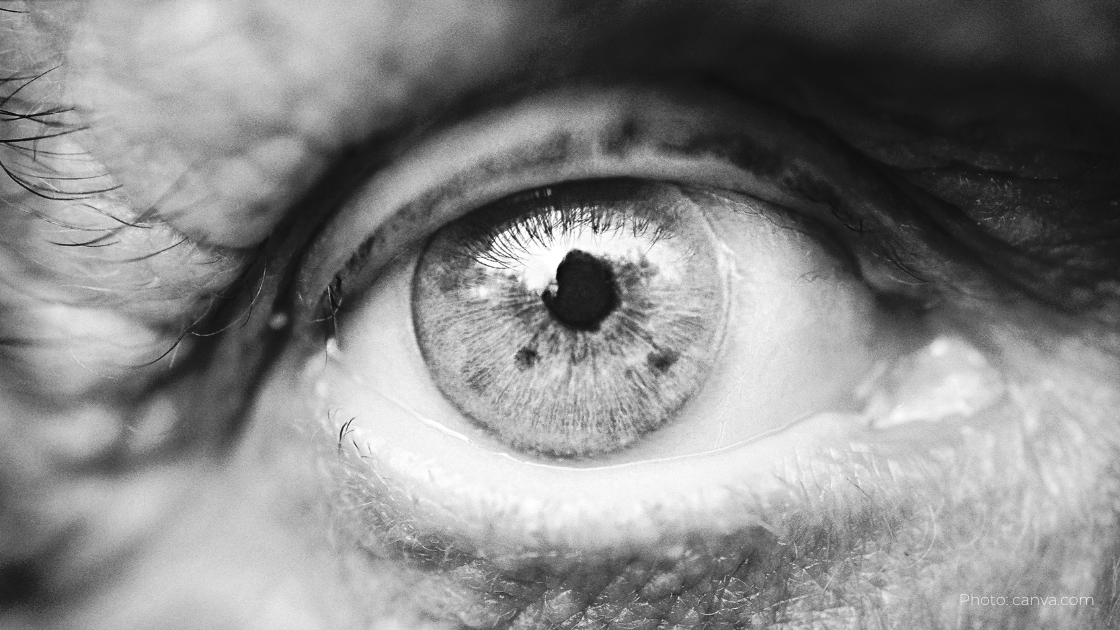Boundaries have been a long journey for me, as I know they are for many. Life has gifted me with countless opportunities to explore complexity, and many of those lessons have centered around boundaries. These experiences have taught me how to listen to myself with immense honesty—how to build a relationship with my body and the energetics that surround me.
My own traumas have become unexpected gateways to deep wisdom—the kind I may never have accessed without enduring such incredibly difficult times. In my younger years, I met many of those challenges with resistance and immaturity, often pulling others into my “dramas” with little grace or ease. Over time, through decades of navigating struggle, I’ve become more skillful and gentler with myself when faced with pain and stress.
In my work—holding a business whose purpose is to support others through growth—I’ve come to understand the tender ways our sensitive systems require care. I’ve refined my ability to listen to the subtle frequencies that move through us, and learned how to manage the complex energetics that are unique to this path.
Years ago, I had a teacher working with me who was deeply challenged in many ways. Her personal struggles led to inconsistency in her commitments, and a lack of self-awareness often resulted in blaming others for her experience. I’ve danced with that tendency myself—blaming others for my reality. Looking back, I can see the pain I was carrying that fueled those behaviors, and I hold compassion for the younger version of me who didn’t yet know how to do things differently.
One day, this teacher came into my office unannounced and began criticizing a fellow teacher—someone who was also her close friend. Her energy oscillated between blame, shaming, and minimizing not only the other teacher, but me as well. Two things became immediately clear. First, I realized I had never set a firm boundary that my office and time are not to be entered without consent and respect. Second, I became acutely aware of how sensitive my system is.
As she released her negative thoughts and words into the room, I began to physically react. It started with a headache, followed by a stomach ache. Eventually, I had to ask her to leave because I felt physically ill—like I was coming down with the flu. Interestingly, once she left, the symptoms gradually disappeared over the next few hours. It was a wild and profound experience. I realized just how deeply we can be affected by each other’s energetic fields.
That day taught me that boundaries are not just logistical—they are energetic. And when left undefined, and unattended to we invite harm not only into our mind, but also into our body.
Researchers at MIT discovered that a spider’s cognition is not just in its brain or body—it extends into its web. If any part of the web is damaged, the spider experiences something akin to a stroke. This idea resonates with the ways trauma or painful events can heighten our sensitivity to the world around us.
To be clear, I’m not suggesting we romanticize or minimize trauma by claiming it always leads to growth. Not all trauma results in beneficial sensitivity. But sometimes, it opens a gateway into a new dimension of human potential.
Science is catching up to what mystics and medicine people have known for generations: that our bodies are not separate from the fields we live in—they’re part of the field itself. Like a spider’s web, our energetic field is part of how we think, feel, and relate.
There are many ways of accessing information beyond the confines of our materialist worldview. Our society tends to separate the “conventional” from the “natural,” as if the two are diametrically opposed. But more and more, research is affirming what Indigenous and ancestral wisdom has long known: our ecosystem of sensitivity is vast. It includes not just the world outside our four walls or paved roads, but an energetic ecosystem of connection and understanding.
Have you ever walked past someone and felt a dark energy that gave you goosebumps? Or instinctively known not to enter a building?
Consider the bumblebee. According to traditional geometry, its body and wings shouldn’t allow for flight. But instead of relying on aerodynamics, bumblebees interact with the frequencies of their environment. Their wings help them access a field of resonance that lifts them—a kind of energetic bubble that shields them even from strong winds.
Like bumblebees, when we slow down and engage in practices that attune us, we begin to perceive the frequencies around us. We can shift ourselves into a receptive state, able to perceive the streams of information that are always available. We’re not going to levitate—but when we clear inner space and regulate our nervous systems, we can receive the subtle, intelligent energies surrounding us. That field is a resource—one that expands our understanding of the world.
Bumblebees align with a frequency that makes the impossible possible. We, too, can rise when we find the frequency that matches our truth
If we understood that how we see ourselves is only a fraction of our true capacity, we might begin to live in ways we never imagined. I believe that in the coming years, more people will access this deeper knowing—and the world will transform in extraordinary ways.
The advent of AI has shown us how rapidly a system can evolve—processing, learning, and adapting in real time. What if the human mind, and more importantly the human system, can do the same? What if we can learn new ways of being that have always been within reach, just outside our habitual awareness?
Take the glass tree frog, for example. When sensing danger, it moves 90% of its blood cells into its liver, becoming nearly transparent. It then shrinks its organs to a third of their size and sits motionless on a leaf—almost completely disappearing. This remarkable adaptation is a form of biological shape-shifting.
We, too, are capable of profound transformation—perhaps not through translucency, but through energetic clarity, relational integrity, and the reclamation of our intuitive intelligence. When we honor our sensitivity, we discover a different kind of strength: one that aligns us with the deep intelligence of the living world.
Sometimes, the most powerful boundary is not a wall, but the capacity to become unseen—to return to stillness and reconfigure.
With love, Noelle

